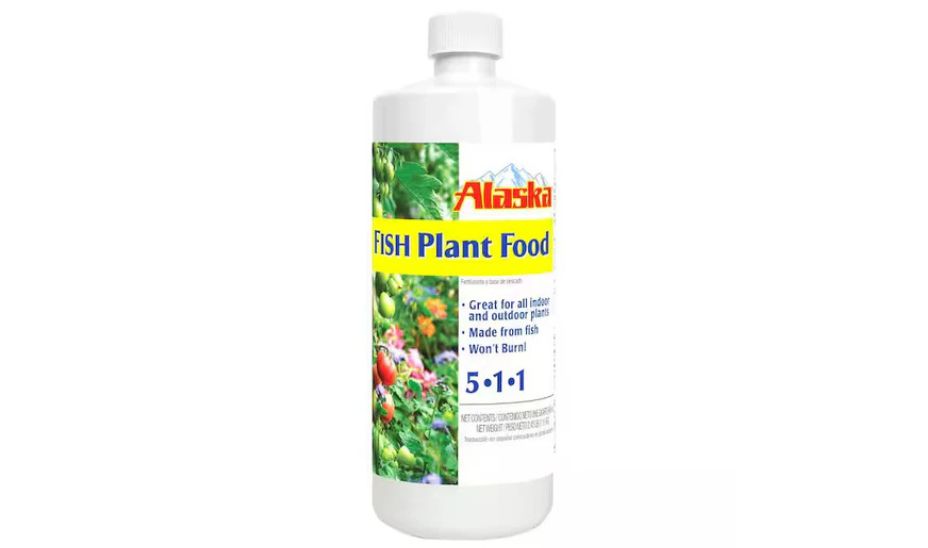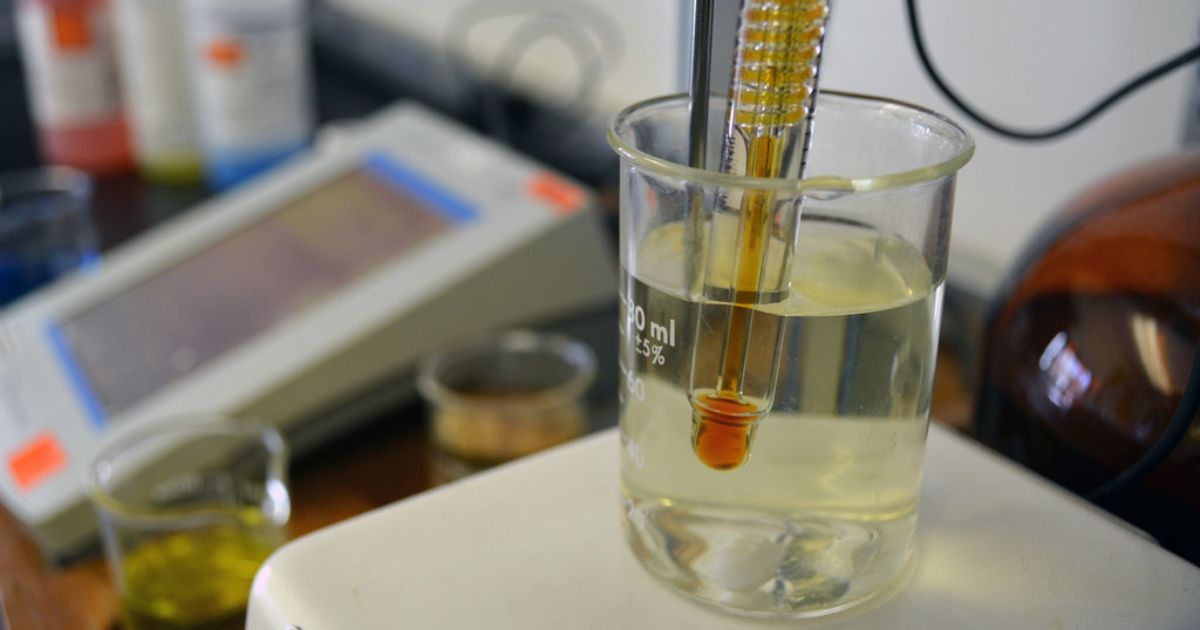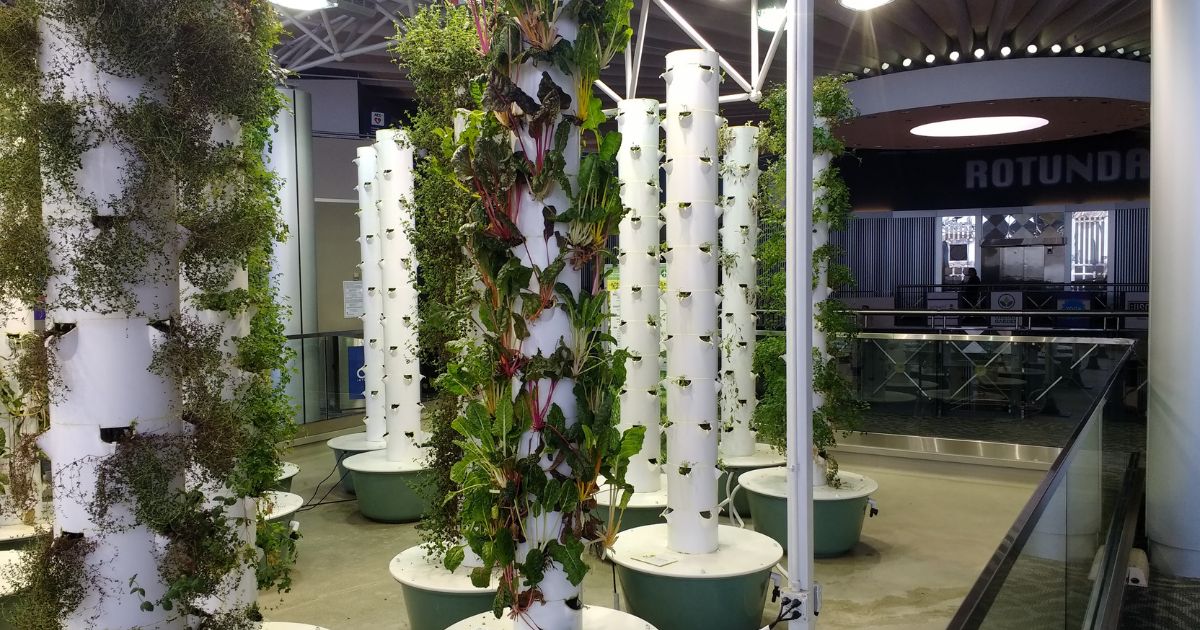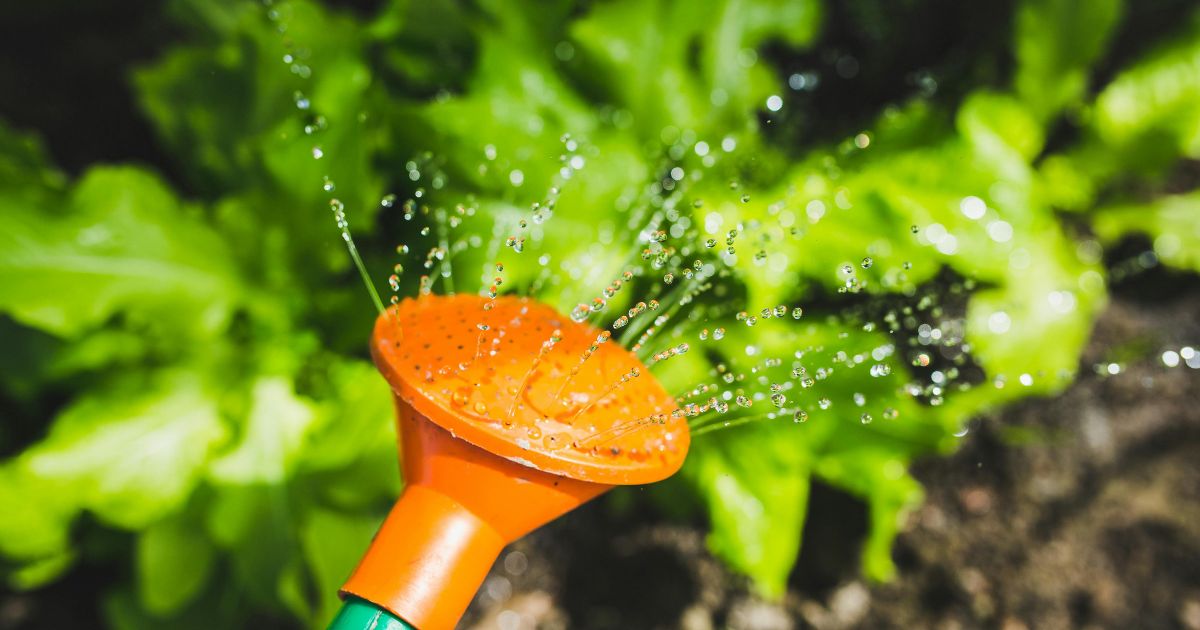
The Benefits of Using Ash in Your Garden
If you’re a gardening enthusiast looking for natural ways to improve your soil, wood ash might be the secret ingredient you’ve been overlooking. Derived from burning wood, ash is an organic byproduct that offers several benefits for your garden. Let’s explore how incorporating ash into your gardening routine can help your plants thrive.
1. Nutrient Boost
Wood ash is a rich source of essential nutrients, including:
- Potassium: Supports root development and enhances flowering and fruiting.
- Calcium: Helps improve soil structure and neutralizes acidity.
- Micronutrients: Contains trace amounts of magnesium, phosphorus, and other minerals essential for plant health.
By adding ash to your garden, you provide these nutrients in an easily accessible form for your plants.
2. pH Balancing
For soils with high acidity, wood ash acts as a natural lime substitute, raising the pH level and making the soil more hospitable for a wider range of plants. Vegetables like tomatoes, broccoli, and spinach thrive in slightly alkaline soils. Before applying ash, it’s best to test your soil’s pH to avoid making it too alkaline.
3. Pest Deterrent
Wood ash can act as a natural pest repellent. Sprinkling a thin layer around your plants helps deter soft-bodied pests such as slugs and snails. The alkaline nature and fine texture of ash irritate these pests, keeping them away without the need for chemical pesticides.
4. Composting Aid
Adding ash to your compost pile can enhance decomposition. It provides additional potassium and other nutrients, enriching the compost. However, use ash sparingly in compost to prevent it from becoming too alkaline.
5. Improves Soil Texture
Ash can help break up clay soils, making them easier to work with and improving water drainage. For sandy soils, ash adds nutrients that are often lacking.
How to Use Ash Safely in the Garden
While ash has many benefits, it’s important to use it correctly:
- Avoid Overapplication: Excess ash can make soil overly alkaline, which is harmful to some plants.
- Store Properly: Keep ash dry before application to maintain its nutrient content.
- Avoid Treated Wood: Only use ash from untreated, natural wood to avoid introducing harmful chemicals into your garden.
- Spread Thinly: Apply a thin layer (1-2 pounds per 100 square feet) and work it into the soil.
Plants That Love Ash
Not all plants respond well to ash. Here are some that benefit:
- Fruit trees (e.g., apples and cherries)
- Root vegetables (e.g., carrots and beets)
- Flowering plants (e.g., roses and lavender)
Avoid using ash around acid-loving plants like blueberries, azaleas, and rhododendrons, as they prefer acidic soil conditions.
Conclusion
Using wood ash in your garden is an eco-friendly way to recycle a natural byproduct while enriching your soil. Whether you’re looking to boost nutrients, balance soil pH, or keep pests at bay, ash can be a valuable addition to your gardening toolkit. Just remember to use it in moderation and tailor its application to your garden’s specific needs.



